-
 U.S. Navy Veteran Owned & OperatedWith years of experience in the industry, we are dedicated to bringing high-quality materials, tools, and work to every single job.
U.S. Navy Veteran Owned & OperatedWith years of experience in the industry, we are dedicated to bringing high-quality materials, tools, and work to every single job. -
 Protect Your Home With Stormseal Roof WrapsUnlike traditional tarps, Stormseal is a unique polyethylene film that heat-shrinks to securely wrap a damaged roof or structure.
Protect Your Home With Stormseal Roof WrapsUnlike traditional tarps, Stormseal is a unique polyethylene film that heat-shrinks to securely wrap a damaged roof or structure. -
 Professional Roofing Done RightWe want you to be properly prepared and educated before you start. We know that the more you know, the more likely you are to choose Pro's Choice Roofing for your roofing project.
Professional Roofing Done RightWe want you to be properly prepared and educated before you start. We know that the more you know, the more likely you are to choose Pro's Choice Roofing for your roofing project.

Pro’s Choice Roofing Earns National Best of the Best Award!
 |  |
We’re the Best Roofing Business in Brevard & Have Awards to Prove It
We are proud to have been awarded the “Best of the Best Award” for our dedication to customer service and workmanship. Check out this video to learn more about the award-winning service our roofer team brings to every home and business!

Roofer in Brevard County
U.S. Navy Veteran Owned & Operated Roofers Serving Merritt Island & Surrounding Areas
Looking for a roofing company that combines expertise, reliability, and a personal touch? Pro's Choice Roofing is here to make your roofing project as seamless as possible. Whether you need a repair, a new installation, or just some expert advice, we're the friendly team you can rely on.
We've proudly been serving residential and commercial customers in Brevard County and all the way out to the west coast of Florida with integrity since 2019. For residential customers we can service those living as far west as Orange County into about the middle or Orlando. With over 30 years of industry experience, our licensed and insured technicians are committed to doing the right thing every single time.
Call (321) 450-4655 or contact us online today to get started. We're eager to show you why we're the only Brevard County roofer you need when you have trouble.
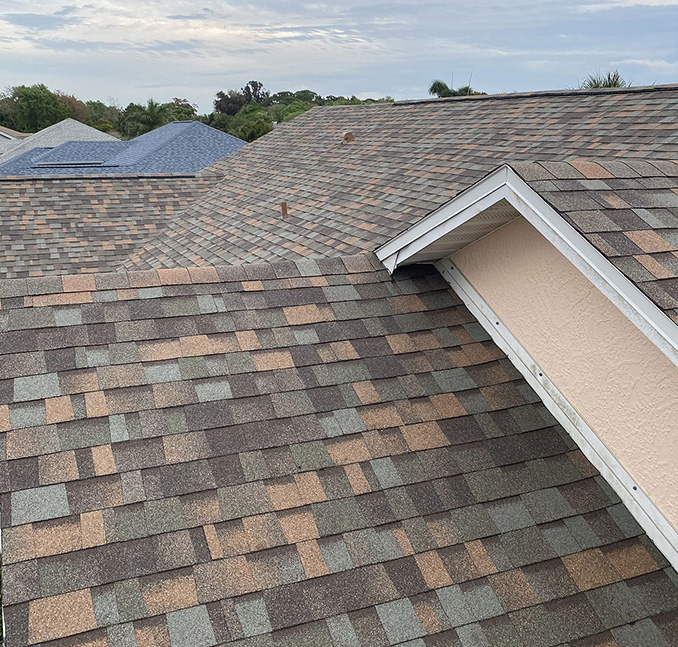
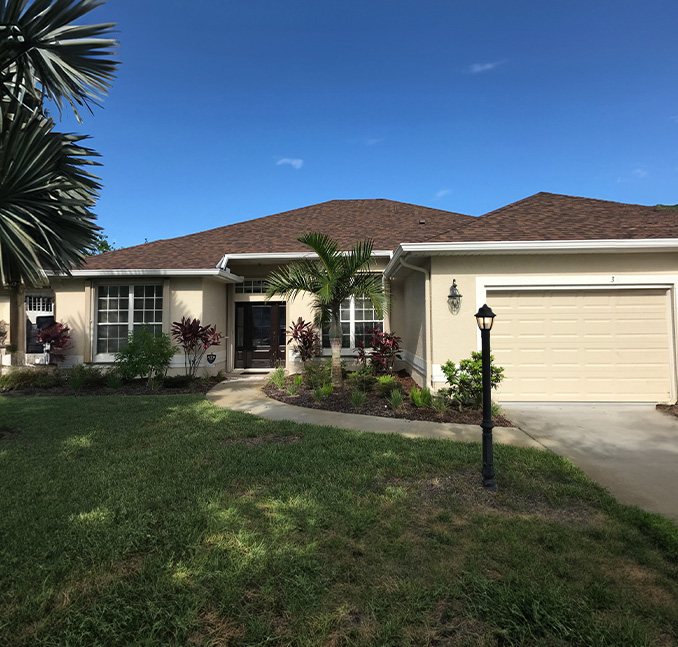
-
 Residential RoofingPro's Choice Roofing is at the top of the list of Florida's best residential roofing contractors. We have regularly replaced roofs for customers who have experienced damage from hail, storms, winds, and more. With us, you know you're working with a strong company that has a solid history of replacing, repairing, and installing long-lasting roofs across the county. Get a trusted, reliable roof for your home without shortcuts – all at a competitive cost! From leaky roof repair and maintenance to old roof removal and new installs, we have the experience, team, materials, and financing options for all of your residential roofing contractor needs.
Residential RoofingPro's Choice Roofing is at the top of the list of Florida's best residential roofing contractors. We have regularly replaced roofs for customers who have experienced damage from hail, storms, winds, and more. With us, you know you're working with a strong company that has a solid history of replacing, repairing, and installing long-lasting roofs across the county. Get a trusted, reliable roof for your home without shortcuts – all at a competitive cost! From leaky roof repair and maintenance to old roof removal and new installs, we have the experience, team, materials, and financing options for all of your residential roofing contractor needs. -
 Commercial Roofing
Commercial RoofingPro's Choice Roofing provides repairs, replacements, and installations of all commercial roofing systems. With a solid option for your commercial roofing needs, you can be certain that your business will be protected from water damage, wind, and other hazards for a long time. Because we understand the need for top-quality maintenance for your roof, we also offer the best in routine upkeep and emergency repairs for new and old roofing systems. When it comes to commercial roofing, businesses in Brevard County and beyond have an option they can always count on – Pro's Choice Roofing!
Residential & Commercial Roofing with a Personal Touch
Your roofing project shouldn’t be a headache—and with Pro's Choice Roofing, it won’t be. From the moment you contact us to the final inspection, our friendly and professional team is with you every step of the way. We specialize in roof replacements, repairs, and installations, as well as storm damage restoration and insurance claims assistance. No matter the job, our goal is to make the process stress-free and transparent.
By working with us, you'll notice very quickly that we put our customers first. We offer free inspections and estimates to make your experience even more convenient. Plus, with same-day service, financing options, and a commitment to using recyclable systems, we’re proud to offer solutions that are both timely and environmentally friendly. With our focus on customer satisfaction, we’ve built our business on referrals—95% of our clients come from recommendations. Trust us to treat your home or business with the same care and attention we give our own.
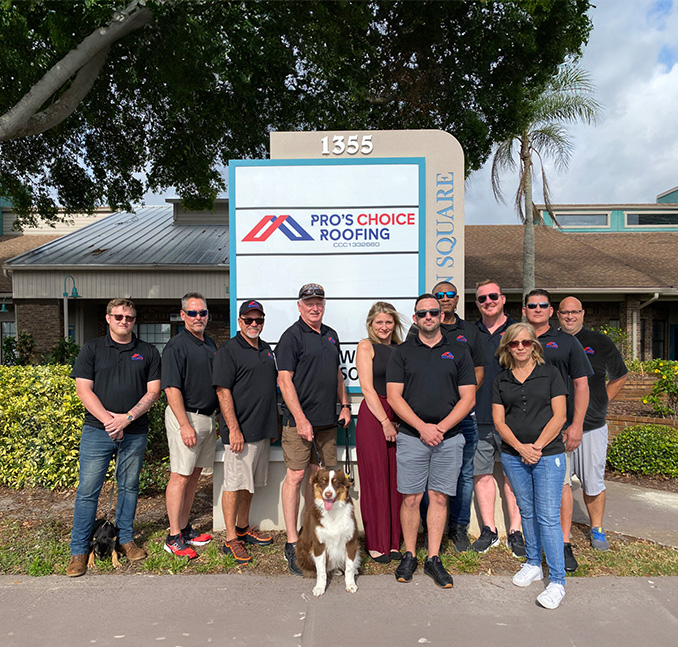
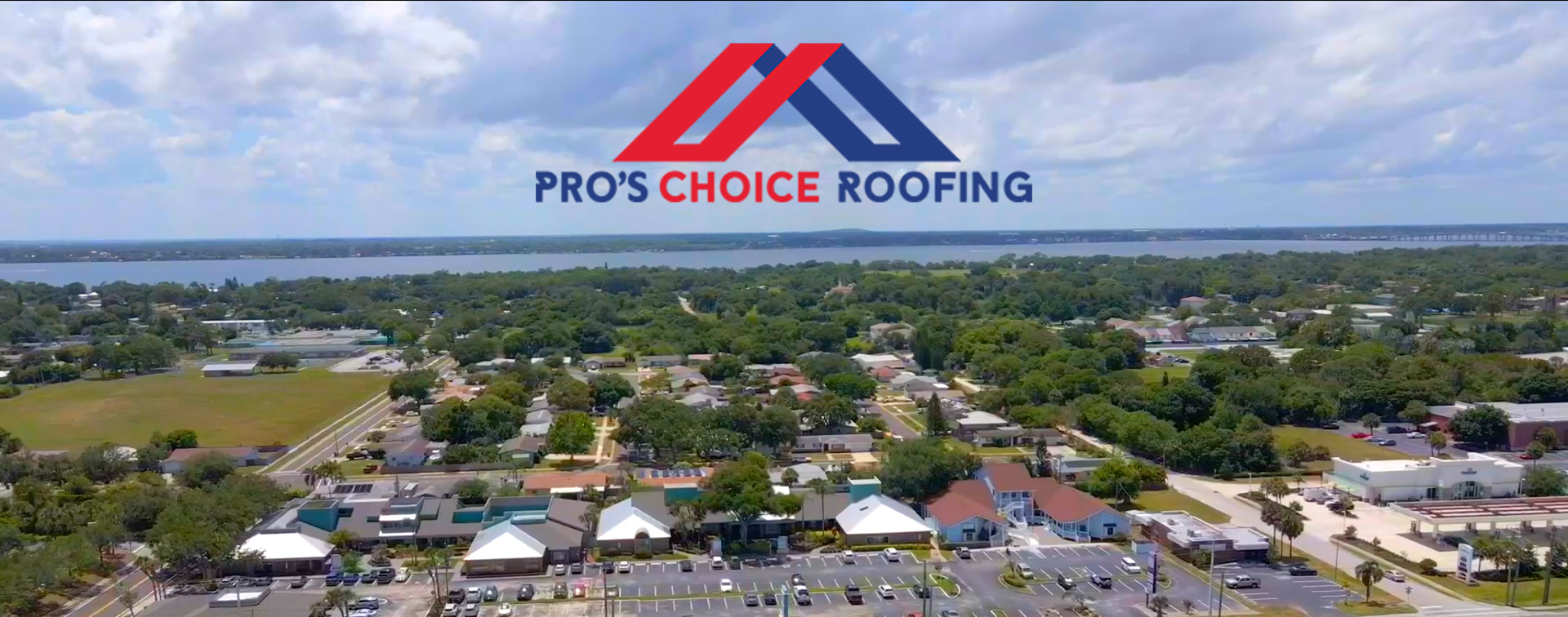
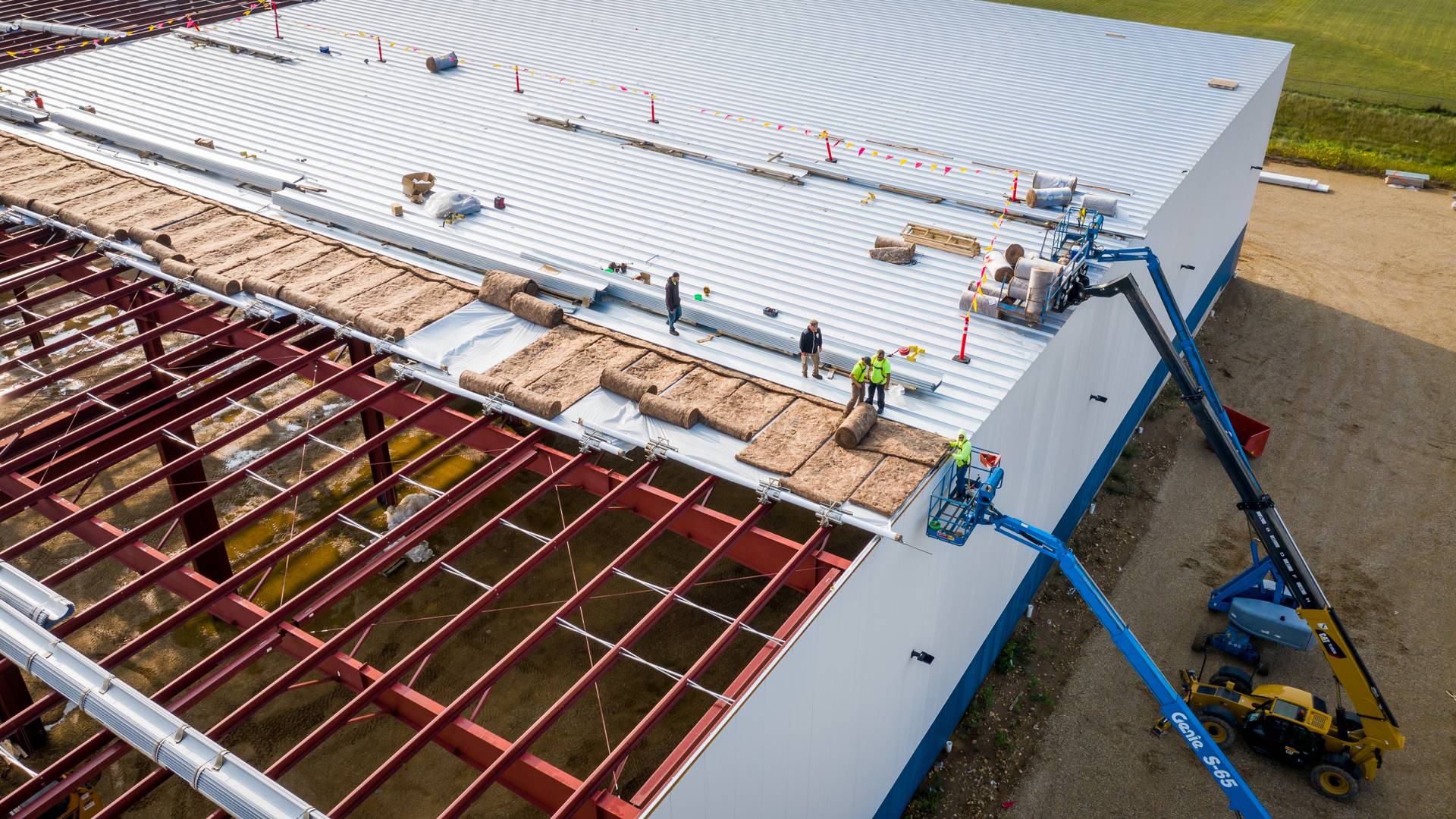
Protect Your Home with Professional Roofing Contractors
Pro’s Choice Roofing brings you affordable roofing replacement and repair solutions from a local, experienced team of roofers. We understand Florida’s unique weather challenges – from wind and storms to humidity. We’re here to ensure your home and family stay safe from mold, water damage, and other Florida weather hazards with high-quality services for roofs and gutters. Our customer-focused solutions are designed with your safety and satisfaction in mind, providing the peace of mind that comes with knowing your home is protected by our community’s top roofing contractors.
-
Keeping Your Home SafeYour roof is your home’s main defense against the elements, and this is especially important in Florida’s summer storms and hurricanes. With everything from stone-coated steel tile to shingles, we have the best options to fit your needs. Not sure what you’re looking for? Schedule a free inspection with our roofers to discuss your roof repair or roof replacement project. Once our roofing contractors start, getting the Pro’s Choice Advantage is easy – just sit back and let our roofer team handle it!
-
Making Your Roof Affordable
Cost should not keep you from an important residential or commercial roofing project. When you need a roof over your head, don’t break the bank. Here we keep the cost of your roofing project low without sacrificing quality! Every job starts with a free estimate on all new roofs and roof repairs, and we offer great financing options with no credit check and zero down. With Pro’s Choice Roofing contractors, you’ll never lose sleep over time, money, materials, or quality. Our roofers install every roof with care!
-
Specializing in the Space Coast
Our company is made up of Brevard locals who understand what a roof has to go through in the area. Working with a local business like Pro’s Choice Roofing means that you can trust your roofing to hold up in the Florida rain or heat, no matter what. And remember, we aren’t just professional roofing contractors. We’re also your friends and neighbors. As a family-owned and operated roofing company, we are dedicated to giving you the best – not just as a company but as members of the community.
How We Work
-
1Step 1Give us a call. We’ll start by scheduling your FREE consultation with our inspector.
-
2Step 2After we inspect your roof, we’ll explain the results and give you a quote.
-
3Step 3Work begins! Our professional, licensed team repairs or replaces your roof.
-
4Step 4After work is complete, we perform a final inspection and make sure you’re good to go!
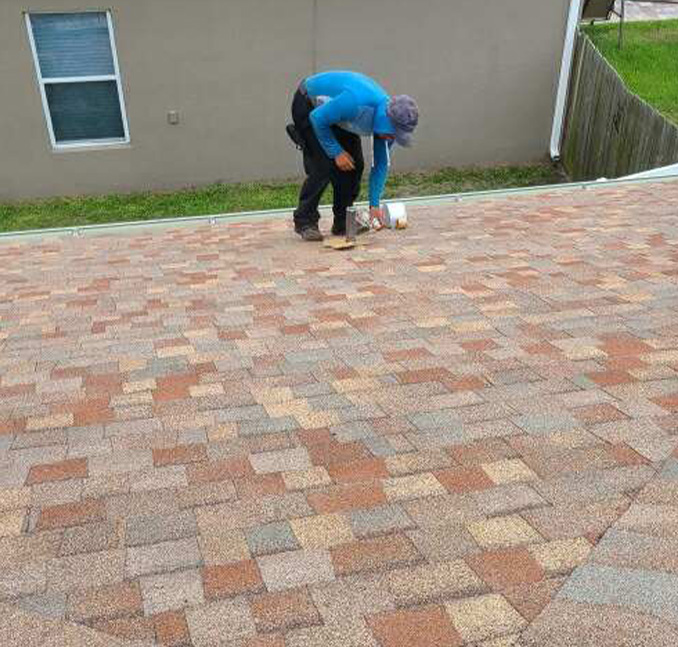
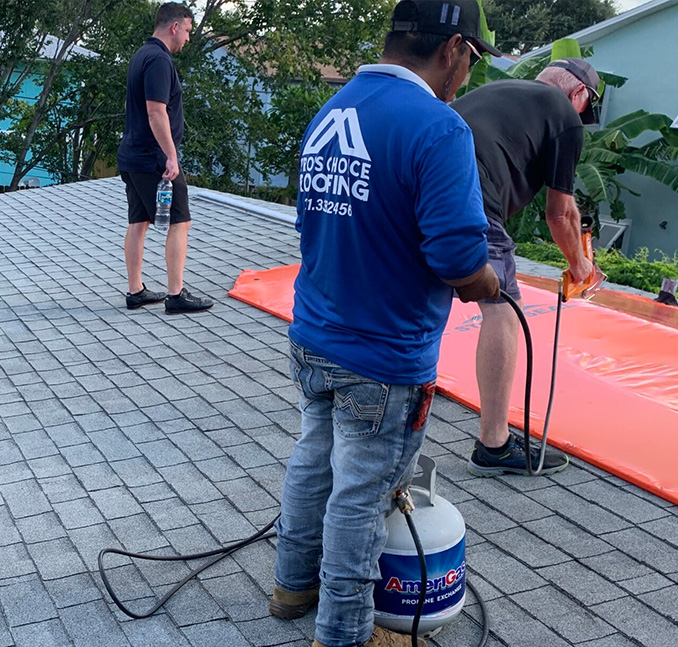
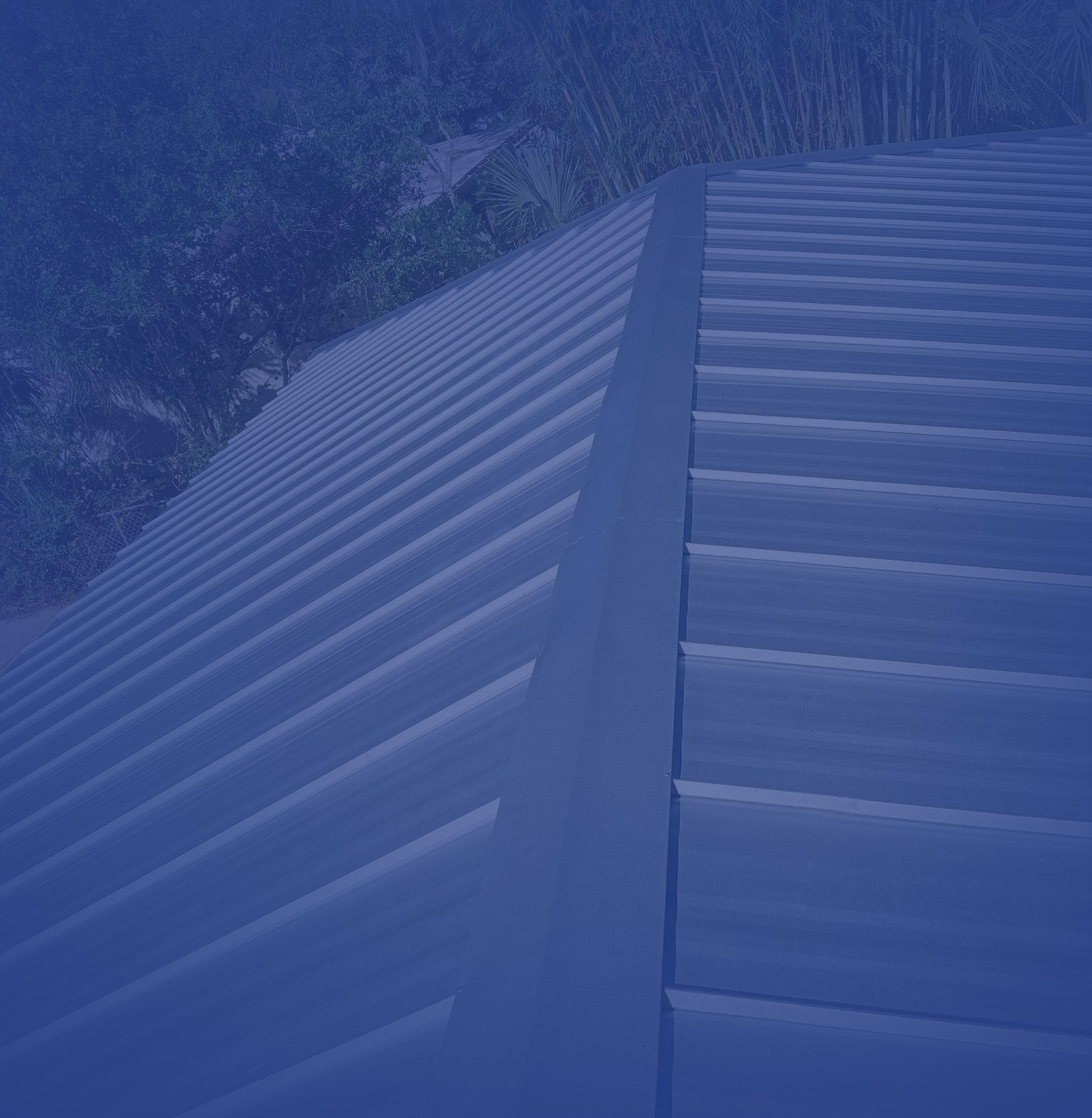
Easy Financing Solutions for Your Roof
Have a large home improvement or repair project that needs immediate attention? Don’t fret over hefty bills or payment concerns – Pro’s Choice Roofing is here for you! We provide swift, efficient, and flexible financing through Enhancify so you can find the perfect option for your budget. Be it an urgent repair job or an extensive storm damage re-roof, we believe in backing your project with straightforward, affordable financing.
Instant Online Pre-Approval
Say goodbye to paperwork! Kick-start your application from the comfort of your home. Our digital platform offers instant pre-approval and displays your personalized financing options, rates, and much more. Submit your application in 60 seconds or less!
Flexible Financing Amounts
From simple repairs to complete replacements, our finance packages accommodate all project sizes. We provide flexible financing options ranging from $500 up to $200,000. Turn even the largest roofing project purchases into a manageable monthly payment.
Zero-Interest Promotional Financing
No big credit impact and no hidden fees – at Pro’s Choice Roofing, we believe in complete transparency! With low APR and promotional 0% APR financing for qualified customers and personalized funding, we ensure every client can comfortably afford their project. Our fast applications, simpler terms, and predictable monthly payments ensure your financing is as straightforward and stress-free as possible.
Faster Funding
Why wait to start your emergency repair or much-needed roof replacement? Skip the weeks of meetings, credit checks, and appraisals. With financing solutions powered by Enhancify, you can get the financing you need as early as one business day after approval. We’re all about making it easy for you to start your project as soon as possible! Every project deserves the best financing – let us provide you with flexible options that fit your budget and needs.

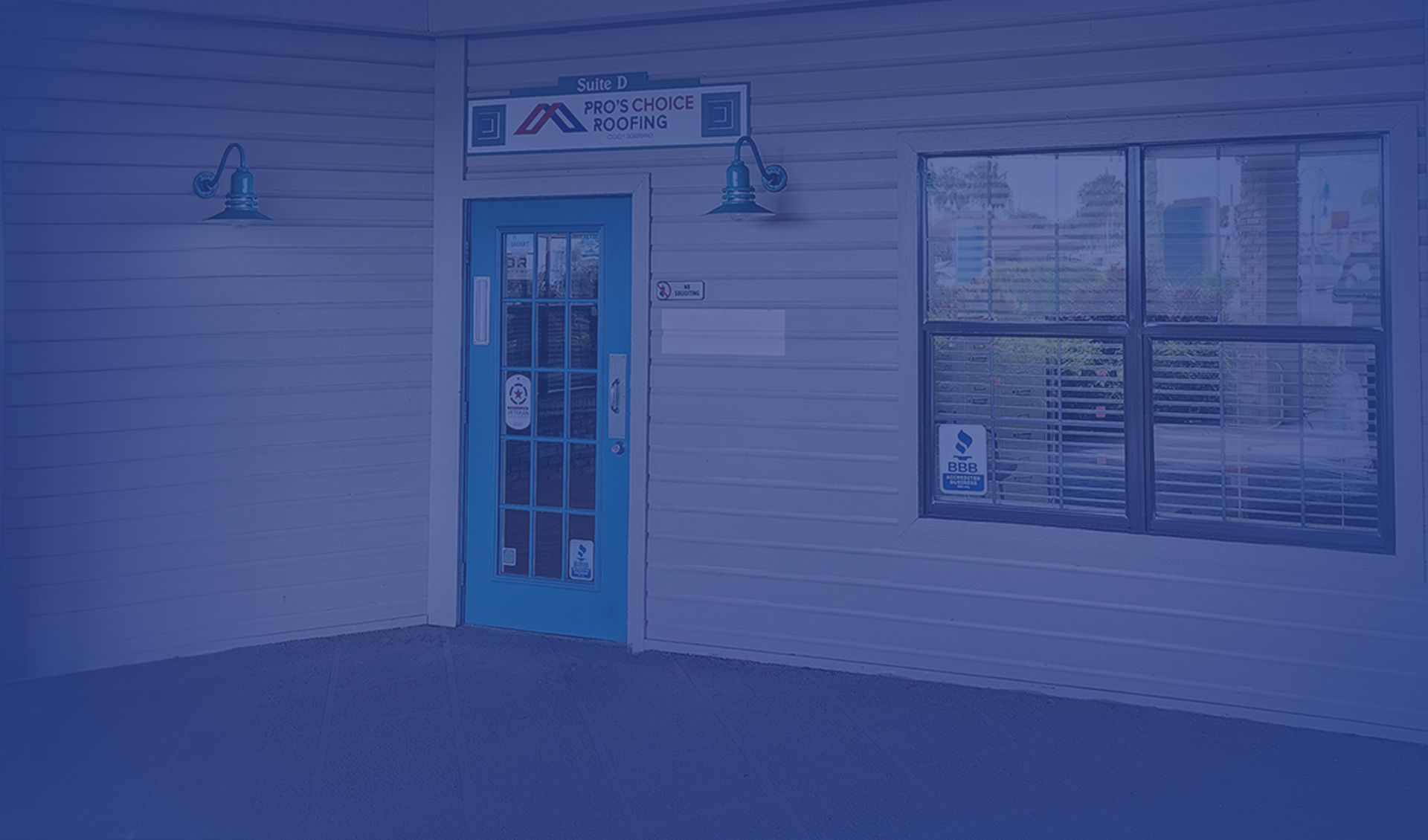
See What Our Clients Say About Us!
Our teams of roofing experts make sure that every job is done right, the first time. Whether it’s just routine maintenance, an emergency repair, or a brand-new installation, Pro’s Choice Roofing is proud of our work. Take a look at some reviews from our previous customers to find out why Pro’s Choice Roofing is the right roofing company for you, too.
-
"Expert Advice & Solutions"Joe Dan Davis made himself available super fast when I needed help sorting out an issue for the sale of a house. With all the confusing codes and insurance requirements his help was invaluable navigating all the information. He is extremely knowledgable an- Sally I.
-
"Exceptional Service and Craftsmanship"So very thankful for our new roof! Pro’s choice roofing crew did a great job from the initial contact to the end of the job. I had the pleasure to work with Kevin Campbell, who was professional r , very personable and very informative throughout the- Roberta C.
-
"Great Customer Service"We had a random leak starting and I called Pro Choice. Brady came out and identified in the attic where the breaches were coming from. Our roof is only 5 years old but apparently the previous roofers did not use the proper size pipes and covers nor did the- Jackie R.
-
"Reliable Roofers, No Stress"As a Realtor, it's hard to find people who show up. Which is why I was happy when Pro's Choice not only showed up, but also did a fantastic job. My clients were really nervous about cleanup because of dogs and little kids. No issues. They were done quickly- Henry M.
-
"Reliable and Hassle-Free"We had our roof replaced by Pro’s Choice Roofing in early 2024 (Architectural Shingles). After several months, including an experience with pretty consistent TS force winds as Cat 1 Hurricane Milton passed through, we haven’t discovered any neg- Patrick L.
-
"Top-Quality Roof Services"I would highly recommend Pros Choice Roofing for your new roof. We hired them to replace the roof on our rental property. They gave us a good price and did an excellent job. Owner, Joe Dan Davis, coordinated the repair schedule directly with our tenants to- Linda M.
-
"Knowledgeable & Professional"Great roofing company. Everyone is very knowledgeable, professional, and friendly. They have all the latest cutting-edge products for your roof including a new product that lasts for 50 years. My new roof looks amazing!- Lisa D.
-
"Flawless & Impressive Service"Pro’s Choice Roofing did an amazing job on my roof and gutters. They were so patient while waiting 8 months on my insurance company to agree to pay. I have young kids and was concerned about metal and nails left in the yard. But there wasn’t an- Ryan J.
-
"Excellent Shingle Roof"Pro's Choice Roofing did an excellent job on our new shingle roof! They showed up on time, stayed on the job till finished, and communicated well with us. The job was finished on time and they cleaned up nicely.- William Y.
Check Out Our Roofing Blogs
Pro’s Choice Roofing is proud to share our expertise and insights gained from over 30 years in the industry, providing useful tips and comprehensive guides for everything you need to know about your roof! Join us as we explore the world of roofing, one post at a time.

-
Get Pre-Approved for Financing in 60 Seconds!
-
Schedule Your FREE In-Home Estimate!
















